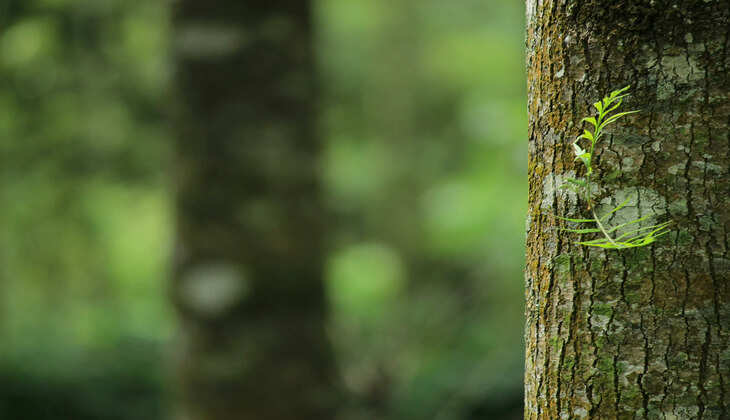A Single Tree Benefits..Plant More Tree
Updated: May 30, 2024, 15:44 IST

A single tree can offer a multitude of benefits to the environment, wildlife, and humans. Here’s an overview of the key advantages of having a single tree:
Environmental Benefits
-
Air Quality Improvement
- Oxygen Production: A single tree can produce enough oxygen to support two people for a year.
- Pollution Reduction: Trees absorb pollutants such as carbon monoxide, sulfur dioxide, and nitrogen dioxide, helping to clean the air.
-
Carbon Sequestration
- Carbon Absorption: Trees absorb carbon dioxide during photosynthesis, helping to reduce the amount of greenhouse gases in the atmosphere.
- Climate Mitigation: By storing carbon, trees play a crucial role in mitigating climate change.
-
Soil Health
- Erosion Control: Tree roots help to stabilize soil, preventing erosion and maintaining soil health.
- Nutrient Cycling: Fallen leaves and organic matter from trees decompose and enrich the soil with nutrients.
-
Water Management
- Water Retention: Trees enhance soil’s ability to retain water, reducing runoff and promoting groundwater recharge.
- Flood Prevention: By absorbing and storing rainwater, trees help reduce the risk of flooding.
Wildlife Benefits
-
Habitat Provision
- Shelter: Trees provide habitat and shelter for a variety of wildlife, including birds, insects, and small mammals.
- Breeding Grounds: Many species use trees as sites for nesting and breeding.
-
Food Source
- Fruit and Nuts: Trees produce fruits, nuts, and seeds that serve as food for animals.
- Insects and Fungi: Trees host insects and fungi, forming a critical part of the food web.
Human Benefits
-
Health and Well-Being
- Stress Reduction: Exposure to green spaces and trees has been shown to reduce stress and promote mental well-being.
- Physical Health: Trees can improve air quality, which has a direct positive impact on respiratory health.
-
Aesthetic and Recreational Value
- Beauty and Shade: Trees enhance the visual appeal of landscapes and provide shade, making outdoor spaces more enjoyable.
- Recreation: Trees create inviting environments for recreational activities such as walking, picnicking, and bird-watching.
-
Economic Benefits
- Property Value: Properties with trees and green spaces are often valued higher than those without.
- Energy Savings: Strategically placed trees can reduce energy costs by providing shade in the summer and windbreaks in the winter.
Social and Community Benefits
-
Community Spaces
- Gathering Places: Trees often serve as focal points for community gatherings and social interactions.
- Educational Opportunities: Trees provide opportunities for environmental education and nature-based learning.
-
Cultural and Historical Significance
- Cultural Heritage: Trees can be symbols of cultural heritage and history, often playing a role in local traditions and stories.
- Memorials: Trees are frequently planted as living memorials to commemorate significant events or individuals.
Examples of Specific Benefits
-
Cooling Effect
- Temperature Regulation: A single mature tree can have the same cooling effect as 10 air conditioners running for 20 hours.
- Urban Heat Island Mitigation: Trees help reduce the urban heat island effect, making cities more comfortable in hot weather.
-
Noise Reduction
- Sound Barrier: Trees can act as natural sound barriers, reducing noise pollution from traffic and other sources.
Conclusion
A single tree can have a profound impact on its surroundings, offering numerous environmental, social, and economic benefits. Whether planted in urban areas, rural landscapes, or natural forests, the presence of a tree contributes significantly to the well-being of the planet and its inhabitants.
